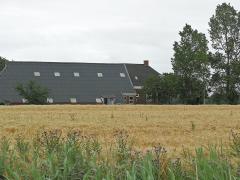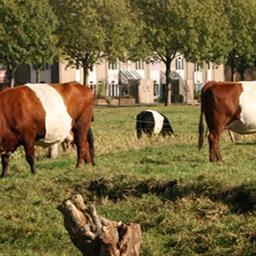Abating ammonia is more cost-effective than nitrogen oxides for global mitigation of particulate matter air pollution
Worldwide, more than 4 million people die prematurely every year due to ambient air pollution. This is more than from malnutrition or overweight. Particulate matter (PM2.5, particles smaller than 2.5 micrometers) in the atmosphere is the largest contributor to this mortality. An important component of particulate matter is inorganic aerosol formed by the reaction of ammonia with sulfur dioxide and nitrogen oxide.
PM2.5 in the atmosphere is associated with severe negative impacts on human health, and the gases sulfur dioxide, nitrogen oxide, and ammonia are its main precursors. However, their contribution to global health impacts has not yet been analyzed. Here, we show that nitrogen accounted for 39% of global PM2.5 exposure in 2013. In 1990 nitrogen emission accounted for 30% of this exposure, which is lower than in 2013 due to successful controls on sulfur dioxide while emissions of reactive nitrogen increased between 2013 and 1990. Nitrogen emissions can be related to an estimated 23.3 million years of life lost in 2013, corresponding to an annual welfare loss of 420 billion US$ for premature loss.
Welfare gain of prevented mortality at 50% reduction of ammonia emission larger than the cost
The marginal abatement cost of ammonia emission is only 10% that of nitrogen oxide emission globally, highlighting the priority for ammonia reduction. The global welfare gain of prevented mortality at a 50% reduction of ammonia emission (172 billion US$) is larger than the global mitigation cost (38 billion US$).
Authors
Specifications
- Publication title
- Abating ammonia is more cost-effective than nitrogen oxides for mitigating PM2.5 air pollution
- Publication date
- 5 November 2021
- Publication type
- Article
- Page count
- 5
- Publication language
- English
- Magazine
- Science
- Issue
- 374, 758-762 (2021)
- Product number
- 4369




